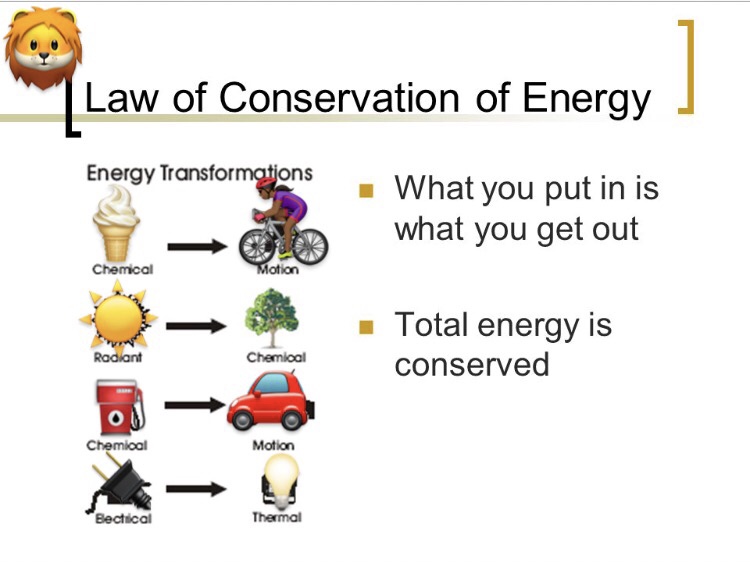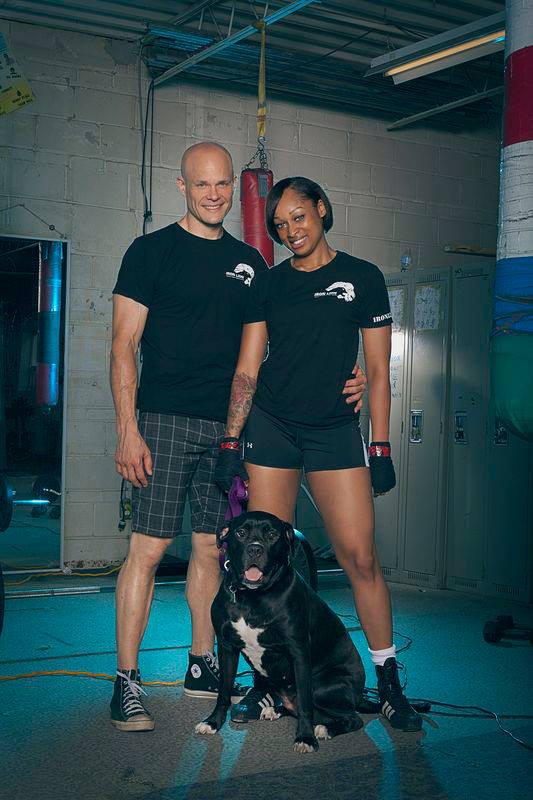The Law of Conservation of Energy — that being that you can neither create nor destroy energy — means that in the human body, energy units (calories), don’t simply disappear because of a special tea, or whatever. Make no mistake, if your goal is fat-loss, fads and gimmicks won’t help. Ultimately one thing trumps all others — you must achieve a negative caloric balance.

But how do we get there in a safe and healthy way? And is it sustainable? And what method is the best? There are so many!
One thing to remember is that many of the popular approaches to fat loss achieve similar things in different ways. For example, a negative caloric balance is achieved in the Ketogenic approach by avoiding all carbohydrate foods (focusing on fats and proteins instead), which results in fat loss.
But similar fat-loss results happens when you lower dietary fats (an approach popular in the 1980s). In this case, you’d lower fats to the lowest healthy level possible, giving you more leeway to eat carbohydrates for energy. Protein is typically fixed at a certain level, relative to your weight. Chris Aceto (an elite bodybuilding competition preparation expert), uses this approach with great success, and his clients, brag about the “muffin pump” when they get a high carb refeed meal!
Mind you, without eliminating one group or another, eating a little less of each macronutrient group (lowering fats, proteins and carbohydrates), can get you into that negative caloric balance too.
Some use a combination of methods — Martin Berkhan recommends trainees count their macros while using Intermittent Fasting, a practice he helped popularize, where you limit the duration of your eating window during the day. Breakfast is usually skipped, with meals eaten at noon, 4pm, and 8pm, for example (there are many variations, some much more restrictive).
Paleo Diet approaches can work for fat loss as well, creating a negative calorie balance by eating primarily meat, vegetables and roots/tubers in some cases, excluding the processed foods and grains to which your Paleolithic ancestors would have no access.
And then there are those that don’t track anything, but instead develop healthy dietary habits to stay on track — Precision Nutrition has a coaching program dedicated to just that, and it definitely worked for me and Steph Iron Lioness, which is the reason we still offer the “PN experience” to our clients in the form of online ProCoach software.

The Lioness, Ripley and me, after a year with PN!
When everything is accounted for, all the above methods work for fat loss. So which one should you choose? Psychology can play a strong part here. The best dietary approach is the one you’ll stick to. So, if you have an affinity for bacon and butter, but don’t really care about mashed potatoes, maybe Keto is for you! Hate breakfast, but love a big dinner? Maybe Intermittent Fasting is an approach that works for your body and mind. If it helps to make the changes more doable, it’s worth considering.
Remember, whatever method you choose, negative caloric balance is necessary for fat loss.
Here’s ten ideas that can all contribute to the fat-loss process:
- Make protein your friend. Of all the macronutrients, protein has the highest Thermic Effect of Food. A higher TEF means more calories are consumed during the digestion process of the food. Fats, as a counter-example, are nearly 100% assimilated, owing in part to their lower TEF. Protein is also often scarcer than either fats or carbohydrates, both of which make up the preponderance of popular junk foods. So prioritizing protein means you’ll also be de-prioritizing the non-optimal but widely available choices.
- Eat more vegetables. I fought this for a long time. Now I put some fruit and veggies on my plate at each meal, and try to put a double serving together at least once a day — pretty easy, really. Have an apple, and a carrot, and you have two servings! Eureka! High volume, low calorie, belly-filler! Full of vitamins, minerals, enzymes, fibre, and nutrients that we don’t even fully understand.
- Eat more whole foods and fewer processed foods. This goes with the fruit and vegetables suggestion. Processed foods are dense in nutrients per volume compared to whole foods. That means that it takes more of them to activate the stretch receptors in your stomach. Plus, scientists have made sure processed foods are hyper-palatable. Both of those things mean it’s easy to get carried away and over-consume certain foods without receiving any satiation feedback from your body. Whole foods have far greater volume (and higher amounts of fibre) in comparison, and that can help you know when you’re full. (And it helps you poop. Just saying.)
- Plan your meals! This brings the power of scheduling to your dietary approach. When it’s on the schedule, things tend to get done. Planning ahead — by shopping, prepping and cooking — can also help us to work around common pitfalls, like running out of food at inopportune times, and being forced into a questionable food choice. If you know you need protein and vegetables at each meal, shop accordingly!
- Fidget! Non Exercise Activity Thermogenesis (NEAT) is a real thing — all the moving around you do adds up. So, bike to work, walk to the grocery store, take the stairs, and be the one to check the mail! Make life a little less convenient!
- Track what you eat! This can be very revelatory! It’s surprising what can jump out at you once you’ve tried it for a few days. Simply noticing things like that can be the first step towards changing a behaviour. Try to be as detailed and accurate as possible — self-reporting can be a challenge.
- Drink water, or zero calorie beverages. For fat loss, most of the liquids we ingest should have no calories. On the other end of the spectrum, muscle gain goals lend themselves well to drinking more calories — it’s easier and faster to drink calories than to eat them, and your body digests more of foods with greater surface area (like chopped, blended or suspended nutrients in a drink). Remember, if trying to lose weight, stick to lower or zero calorie beverages. Stay on the right side of that spectrum for your goals.
- Re-feed or “cheat” meals are overrated. Not to be unkind, but most North Americans don’t need one. With that said, if you do eat something “celebratory”, see it for what it is, enjoy it, and simply return to normal eating as soon as possible. Don’t beat yourself up! Normal stuff.
- Expend calories via exercise, but don’t try to outrun a bad diet! Getting a mix of cardio-respiratory activities (or even some daily walks), can be a good way to burn a few calories, improve health, and make the body more sensitive to insulin. That means insulin can do its job better, and there’s less storage in the fat cells. But don’t get carried away — most of us don’t achieve fat loss by exercise alone. Sure, everyone has a cousin, or friend, or whatever, who can “eat whatever they want and not get fat”. But most of us are not that person, and most people will have to pay attention to what they eat in order to lose fat, regardless of activity level.
- Because it bears repetition, achieve negative caloric balance! Whatever strategy / method you use, this is necessary for fat loss. You don’t have to be there forever! This is goal related, and situational.
Bonus suggestion: Tracking progress helps a lot. Some people don’t like to track physical metrics, like weight on the scale, body measurements, and so on. Those types of metrics are easy and useful for some, but they really bug others. So, weights and measures may or may not be useful metrics to track, for you. With that said, try to make your goals Specific, Measurable, Achievable, Realistic and Timely – “SMART”!
Here’s an example of such a goal, with no numbers attached:
“I want to lose body fat. My doctor says extra weight on the midsection is unhealthy, so I definitely want to lose it there. I’ll know I’m heading in the right direction when I have to take my belt in to the next hole. In a couple of months I’ll probably need a new belt! At that time I bet the stairs leading up to Iron Lion Training will be a lot easier, too!”
If you need some help with your own fitness, or fat-loss journey, Iron Lion Training strives to provide a safe, body-positive space that is welcoming to all! Our goal is to strategize and assess, set “SMART” goals, and then help you take the right steps, one at a time!
Our training clients have access to interactive online nutrition software (the aforementioned ProCoach, from Precision Nutrition) that can help you create healthy eating habits outside the gym, and our experienced, friendly coaches are excited to help you in person! Whether you want to get fit, get strong, or learn to punch, remember, there’s no wrong reason to start! Find Your Power in the Pride!!
Email us at: info@ironliontraining.ca
Call: 647-998-5466(LION)







